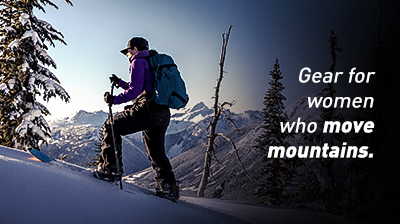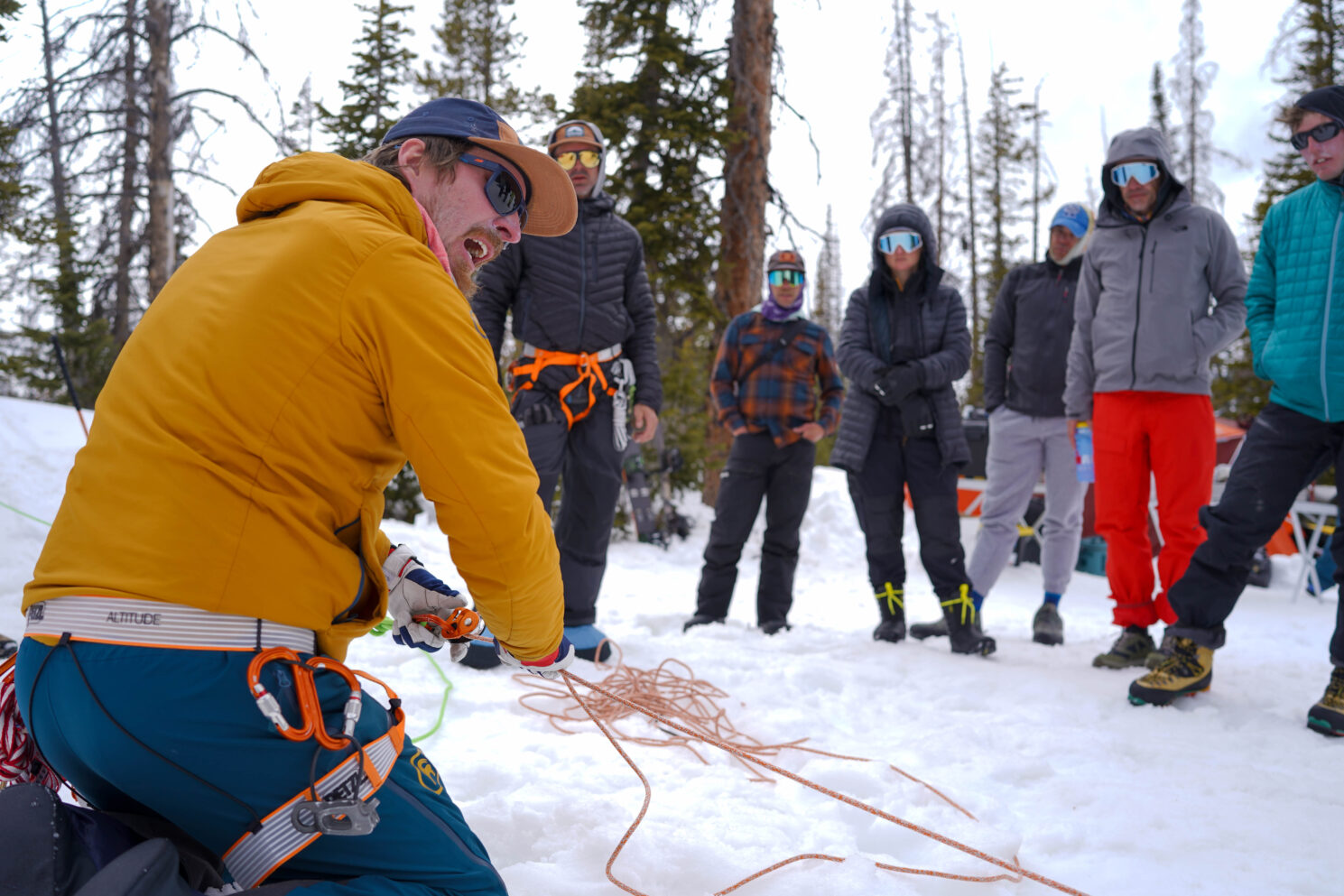
The Ultimate Backcountry Preseason Checklist
Share this Post
Your season doesn’t start with the first snowfall. It starts now.
The lull between summer and ski season might feel quiet, but for the prepared skier or splitboarder, it’s one of the most important times of the year. This is when you lay the foundation for safer tours, smoother transitions, and bigger mileage once winter hits. From gear checks to fitness to avalanche education, this backcountry preseason checklist is your ultimate preseason tune-up.
Skip it, and your first day out might be spent cursing failing skins or rusty legs. Nail it, and you’ll be the one waiting at the top while your partners bootpack. Here’s what to focus on before the flakes start flying.
1. Inspect Your Gear Before Hitting the Skin Track
Skis and Boards
Check bases for core shots, edge damage, and dried-out wax. Look for loose screws and stripped inserts. Give your bindings a full function test. If you have frame bindings, inspect the pivot points and heel lock mechanisms. If you use tech bindings, verify that heel pins are aligned and that toe pieces snap cleanly. For splitboarders, don’t forget to check pucks, touring brackets, climbing wires, and interface wear.
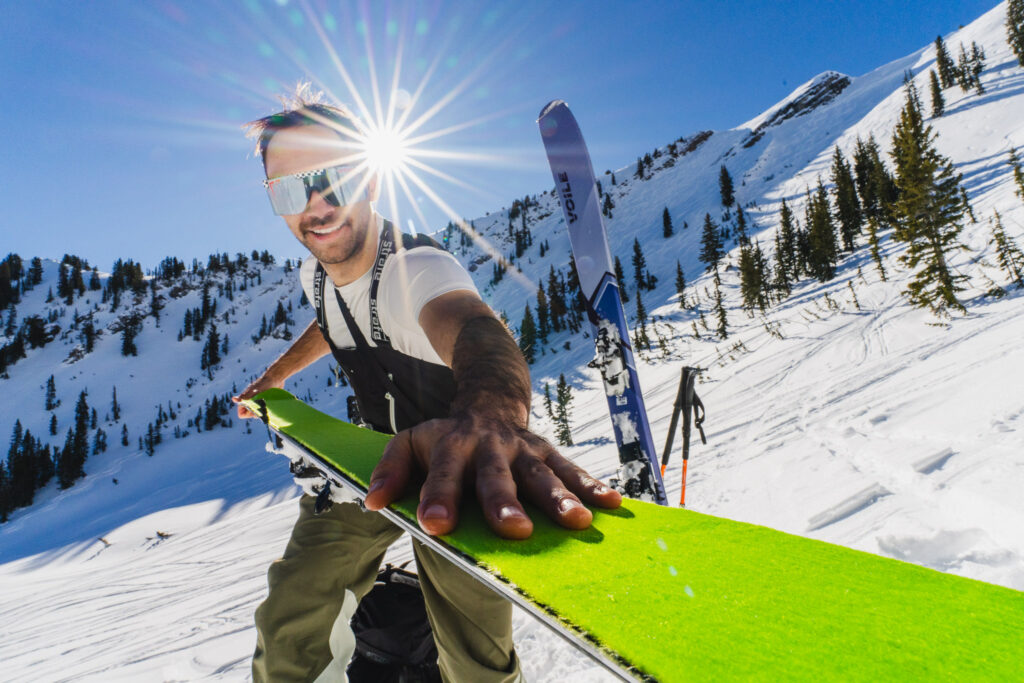
Skins
Unroll your skins and see if the glue is still tacky. Look for bald spots, contamination, or delamination. Consider reglueing now, not mid-season when shops are busy. Also, check the plush since bald patches mean reduced grip. Inspect tip and tail hardware, and make sure your skin tail clips still hold tension. If your skins are in need of a reglue, you can bring them into the Voile Retail Store, or learn how to reglue them yourself here.
Avalanche Gear
Swap in fresh batteries for your beacon, then run a self-check and range test with a partner. Practice toggling between send and search while wearing gloves. Check that your probe still locks out fully and quickly. If your shovel has a wood saw or multi-position handle, make sure it still operates smoothly.
Boots
Pull your liners out and inspect for tears in the foam or cracked shells. Check for walk mode issues or loose rivets. Tighten your buckles and anything that seems loose. If you use an aftermarket footbed make sure it hasn’t collapsed.
Outerwear and Accessories
Dig into your pack and rebuild your repair kit. Replace missing Voile Straps. Refill your first aid kit. Inspect your poles, headlamp, helmet, goggle lenses, and backup layers. Also, check your outerwear for holes, broken zippers, and weak waterproofing. Luckily, outerwear is easily repairable and doesn’t always need to be replaced. Check out our field guide to gear repair for a full breakdown on how to easily keep your outerwear functional
2. Refresh (or Advance) Your Avalanche Education
This is arguably the most crucial part of the backcountry preseason checklist. While all of the other areas are important and can impact your safety in the mountains, avalanche education is of the utmost importance. New to backcountry skiing and want to know where to start? Check out the V-Team blog post, “Avalanche Advice for Backcountry Beginners“. This is a great starting point for those looking to venture into the backcountry.
Start with a Practice Session
Go to a local beacon park and bury your beacon in a pack. Run timed single-burial and multi-burial drills solo and with partners. Practice probing and digging to full depth. If you’re slow or rusty, take notes and improve.
Take a Formal Course
If you haven’t taken AIARE 1 and a rescue course yet, this is the year. Let’s say you have, consider a refresh on the rescue course or an AIARE 2. If you’ve already done it all, consider signing up for a mentorship program or volunteering at an avalanche center.
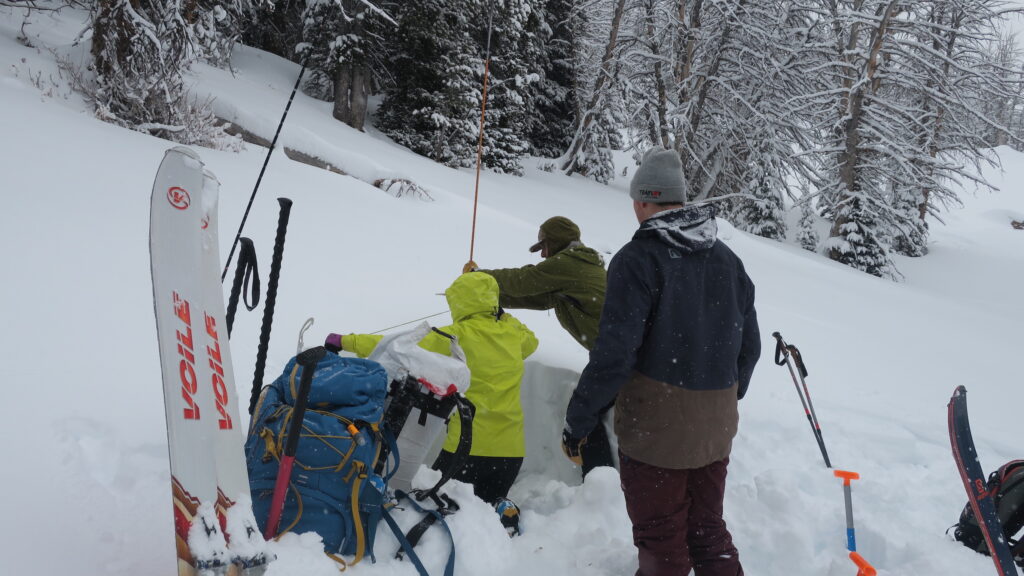
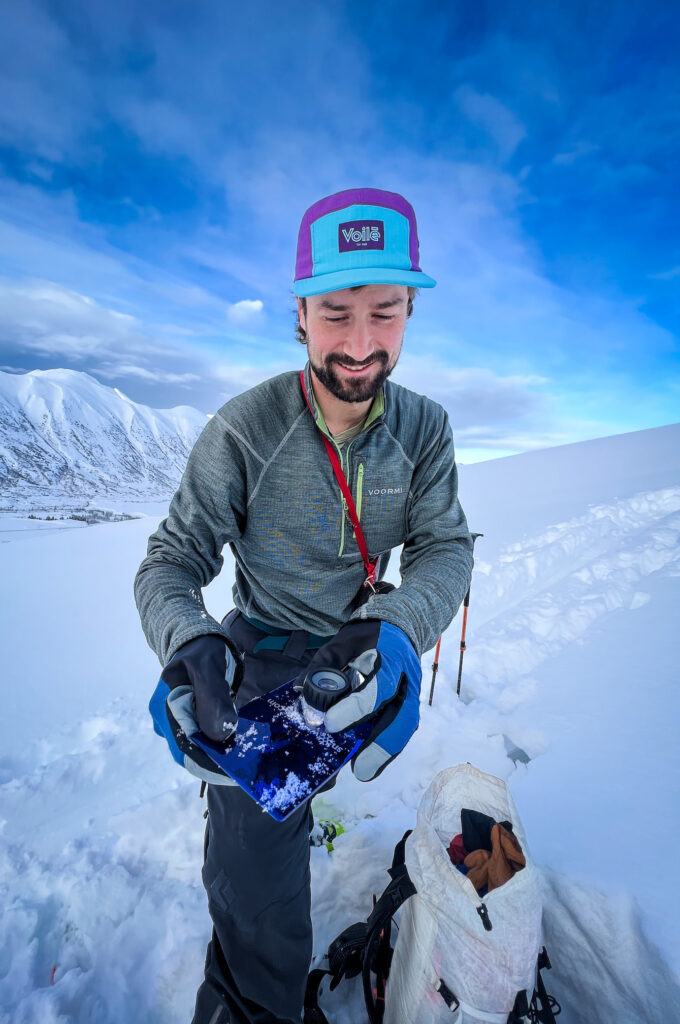
Review Online Education Resources
This is the next best thing to refreshing your avalanche education behind working with a professional. While this doesn’t supplement that experience, it can work great alongside it. There’s a wealth of valuable information from avalanche professionals out there online, including resources right here on the V-Team blog from our very own ambassadors!
Check out the blog post, “The Science of Slope Angles“, from Aidan Goldie-Ahumada. This is a deep dive into slope angles and how they impact avalanche risk.
Talk with Your Touring Partners
Make sure your core group is on the same page about decision-making, emergency protocols, and communication. Set expectations early and revisit them often. Also, check out the V-Team blog post from Aaron Diamond on finding the perfect backcountry ski partner. Make sure your partners check all of the boxes to ensure safe and fun days in the backcountry.
3. Start Training Like It’s January
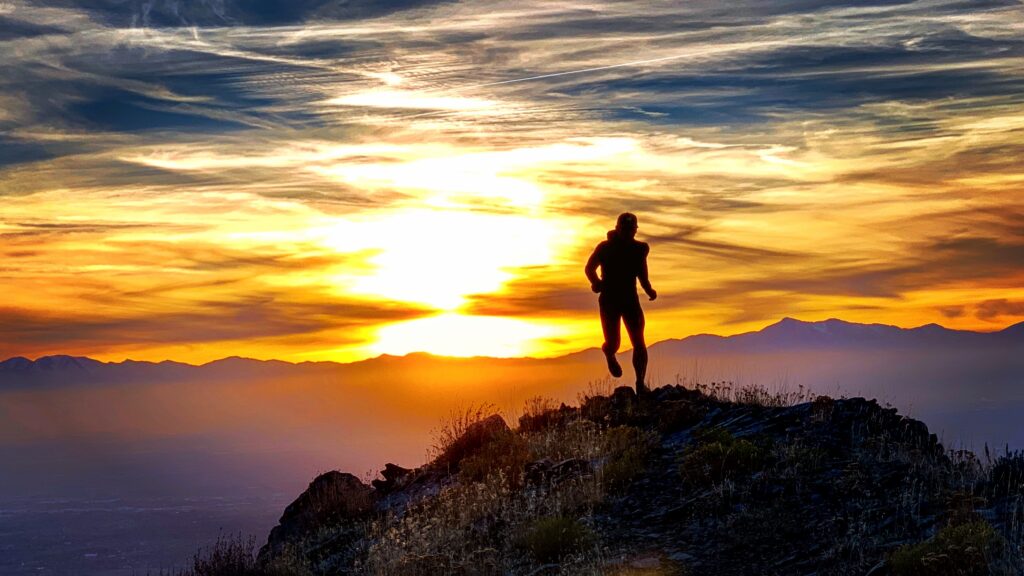
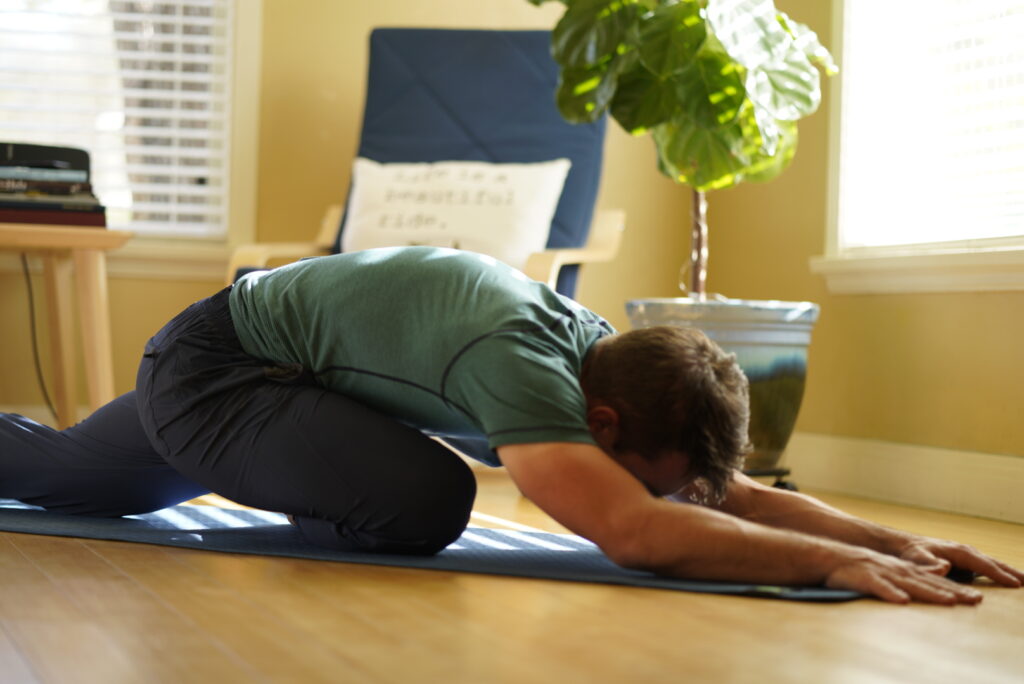
You don’t need to go full athlete mode, but fall is the time to build your uphill engine. This can sometimes be the most frustrating part of the backcountry preseason checklist, but it can also be the most rewarding. For inspiration, check out our blog post from Mark LeBlanc that’s focused on pre-season training.
Focus Areas
- Aerobic base: Long hikes, runs, or rides with steady output
- Muscular endurance: Weighted step-ups, lunges, core circuits
- Balance and mobility: Ankle, hip, and knee stability exercises
Stuck inside? Try a loaded stair workout wearing your ski pack. Get creative. Just move.
Recovery Counts Too
Now’s the time to fix that nagging knee pain or stiff ankle. Hit the foam roller, do your mobility work, and build habits that carry into winter. Touring is repetitive—build durability before the season breaks you.
4. Dial In Your Season Plan
The best tours start before the first storm. The planning phase is everything when it comes to putting together a fun and safe ski tour. Check out this blog post from V-Team ambassador, Aaron Diamond, on how to plan a safe backcountry ski tour.
Map Out Your Zones
Identify low-angle zones that tend to fill in early. Download offline maps, highlight safe routes, and note parking access. Look at historic snowpack timelines and weather data for each area.
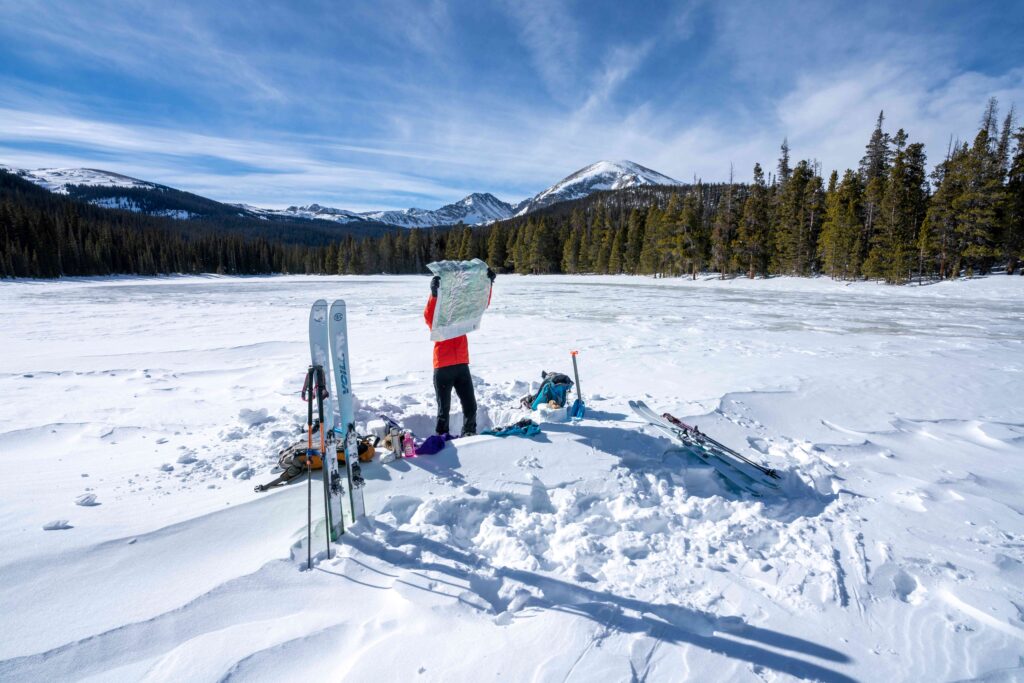
Set Goals, Not Just Lines
Want to ski 50 days? Summit five new peaks? Learn to navigate off-trail? Write it down now. Clear goals help guide decisions when snow starts falling fast.
Coordinate with Your Crew
Check in with touring partners. Do they have working gear? Are they still interested? Set up a shared calendar, start texting, or build a preseason planning spreadsheet if you’re into that kind of thing.
Plan a Trip or Two
Book a hut trip. Set a date for a long weekend. Consider a shoulder season recon mission to scout terrain. These are the plans that keep motivation high when work piles up, and snow feels far away.
5. Bonus Round: Smart Upgrades for a Smoother Season
This isn’t about throwing money at the problem. It’s about making thoughtful choices that improve your experience.
- If you’ve beaten up your skis or board, look for a lighter, more touring-friendly model.
- Consider upgrading your beacon if the features are becoming outdated and the warranty is expiring.
- Attend some local events to find new ski partners and become more familiar with your local community.
Final Thoughts
You don’t need snow to start the season. You just need a plan. And this backcountry preseason checklist is a great place to start.
From reglueing your skins to recharging your fitness, what you do now sets the tone for your winter. You’ll never regret being the one who was ready when the snow finally landed.
So pull out your gear, check your beacon, call your partners, and start moving. The snow is coming. Make sure you’re ready for it.
Share this Post



